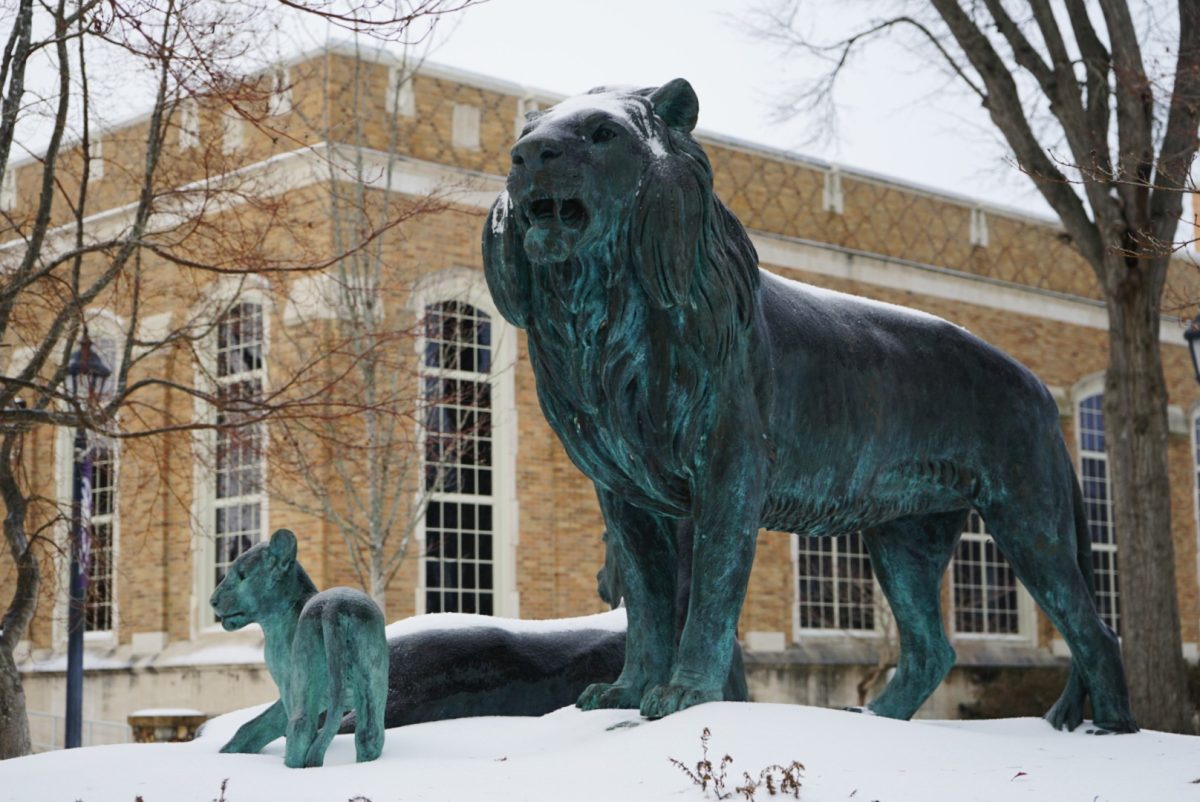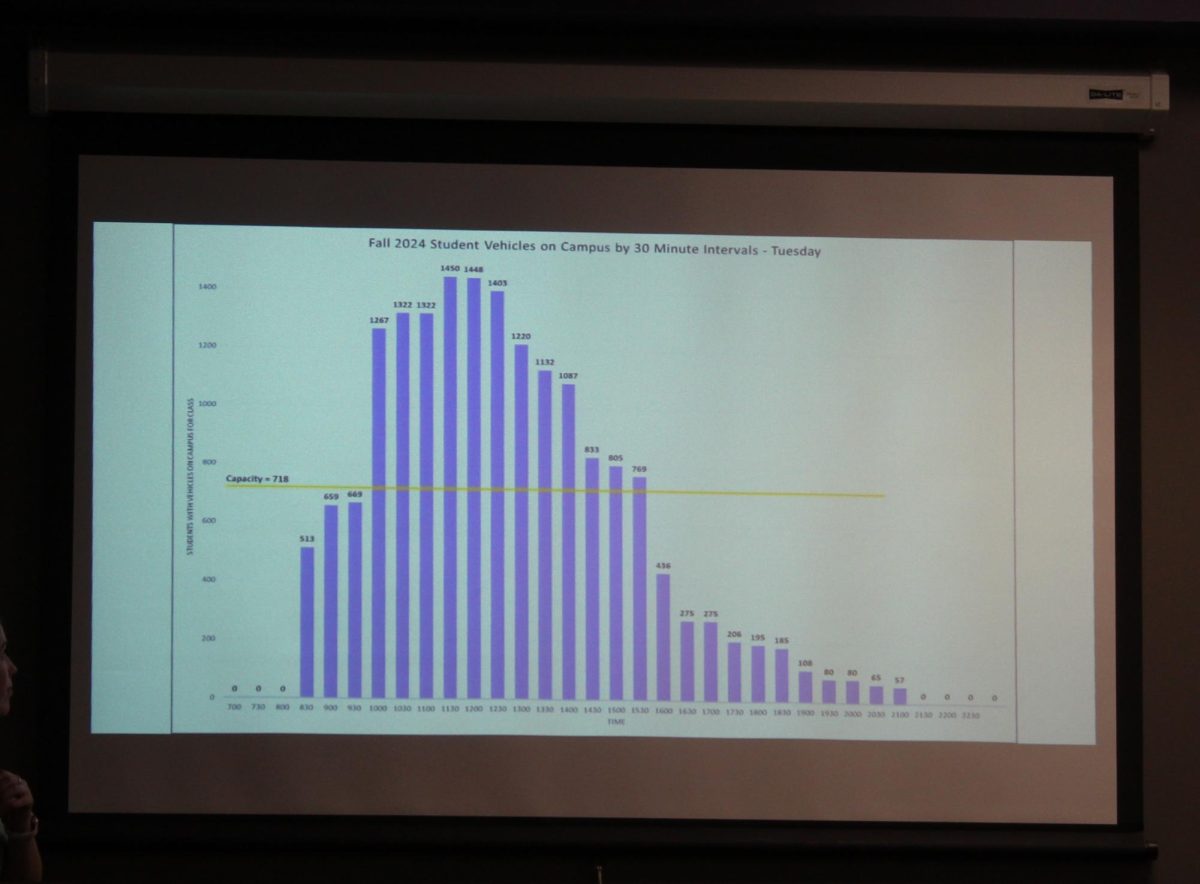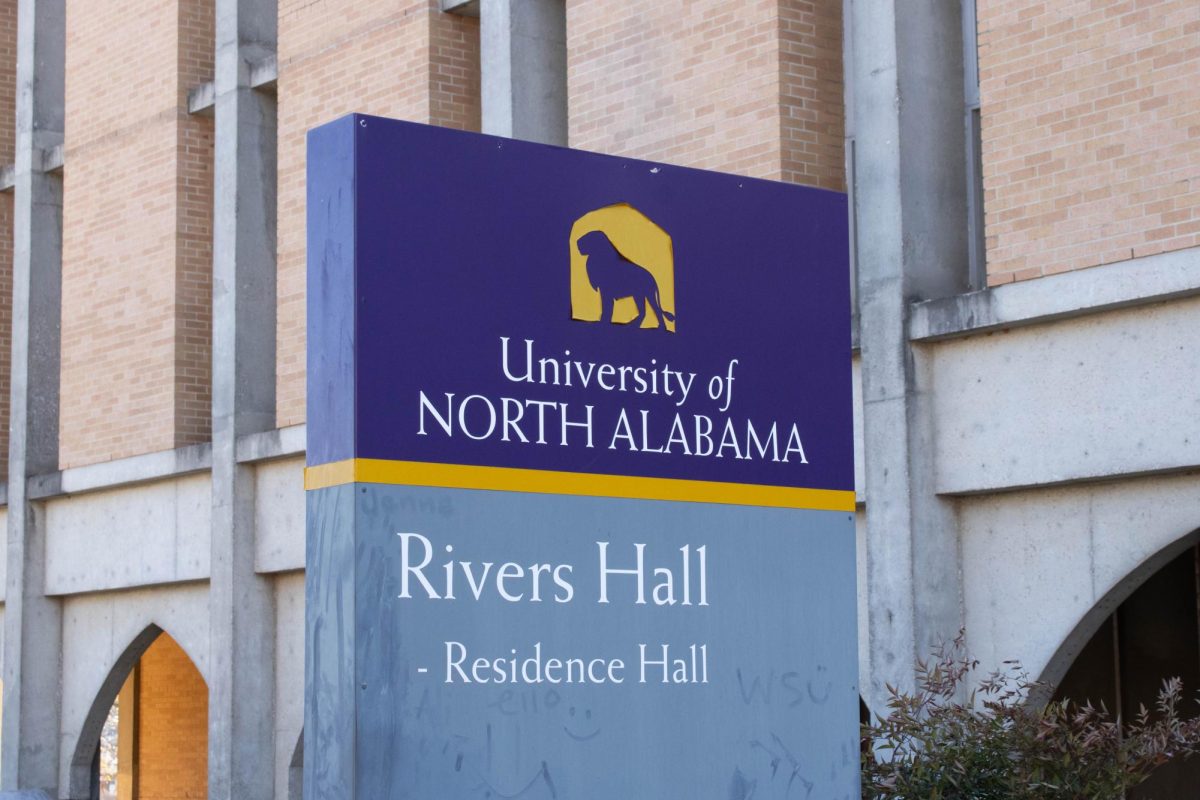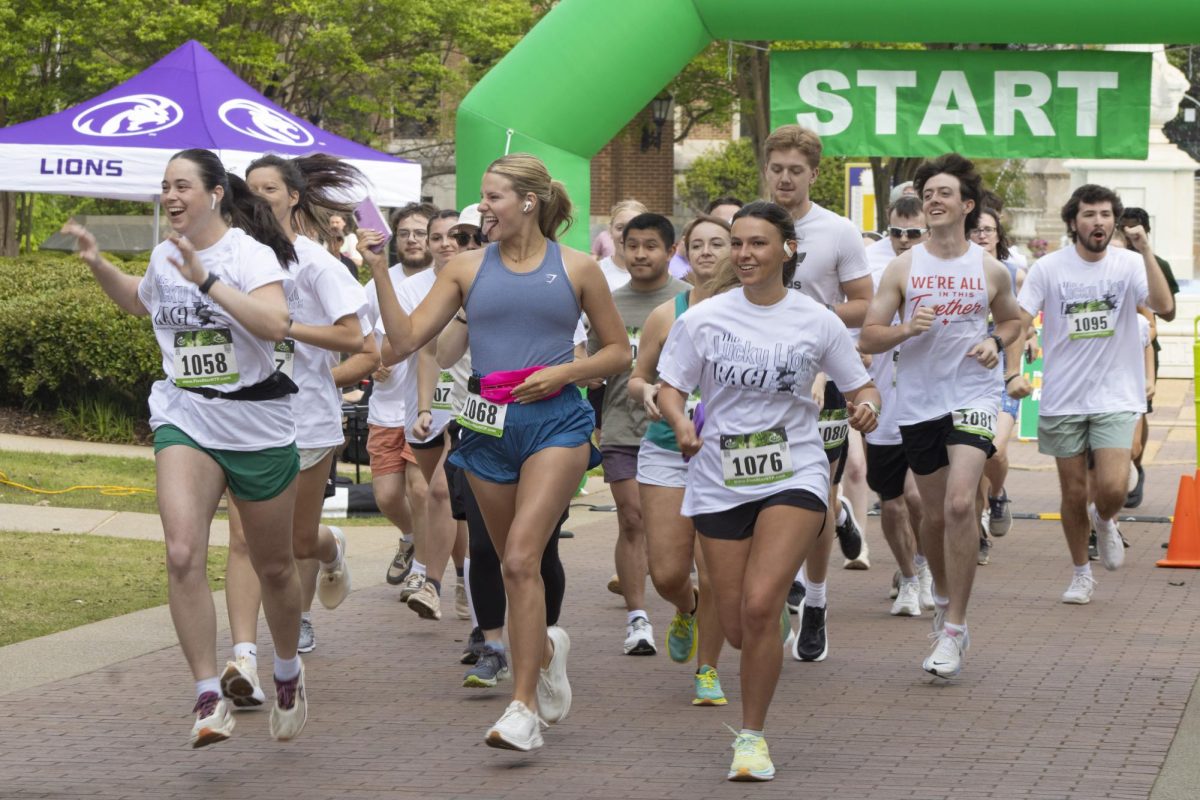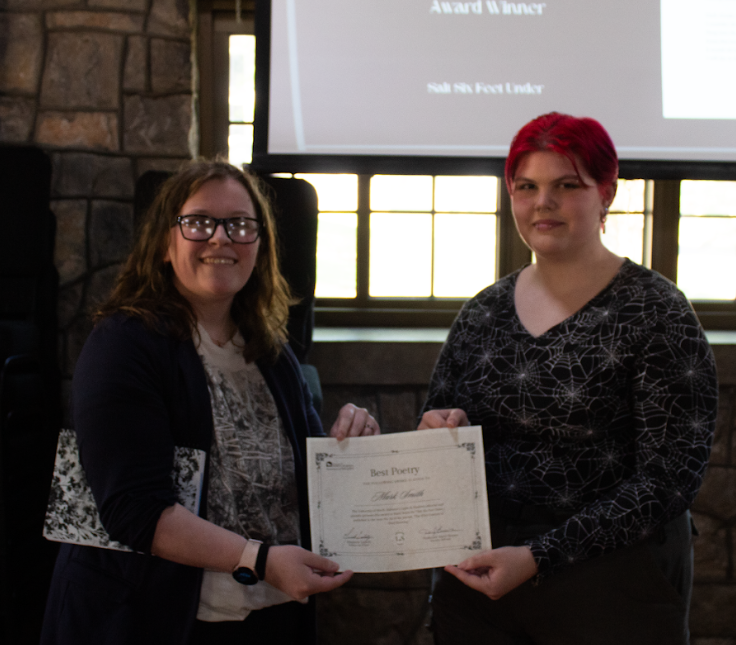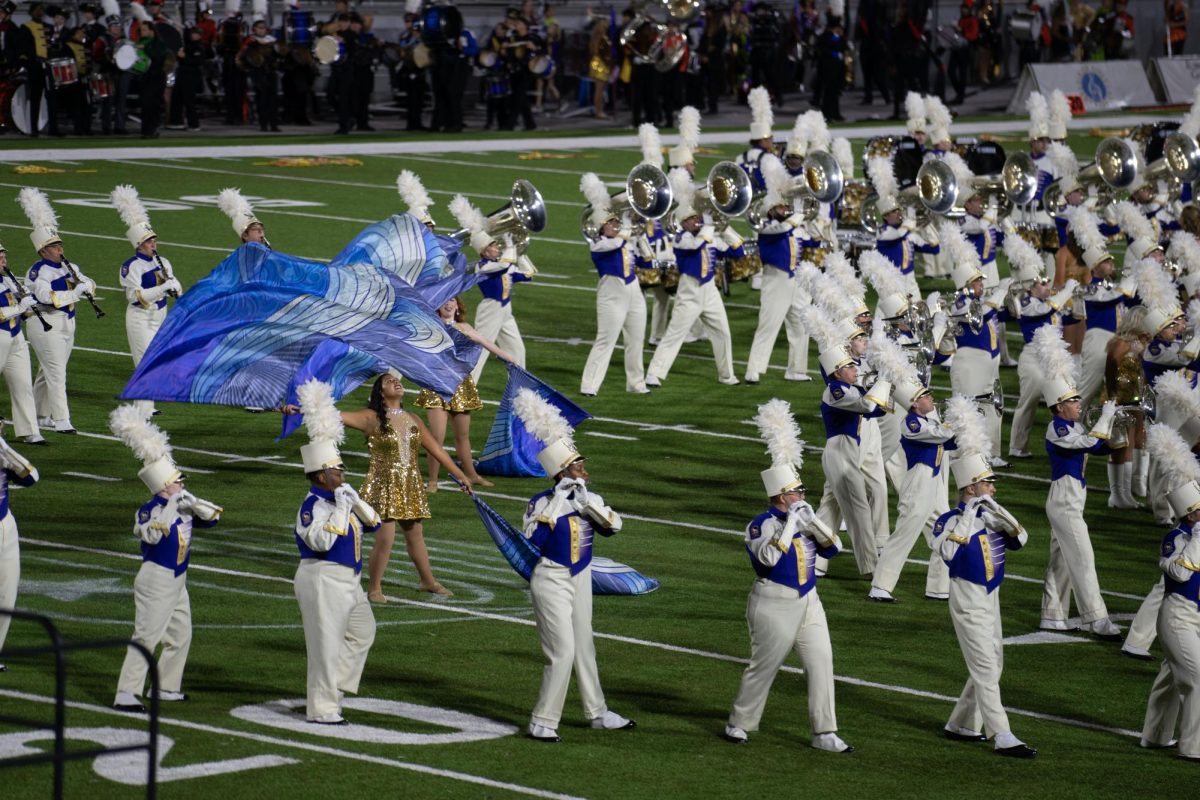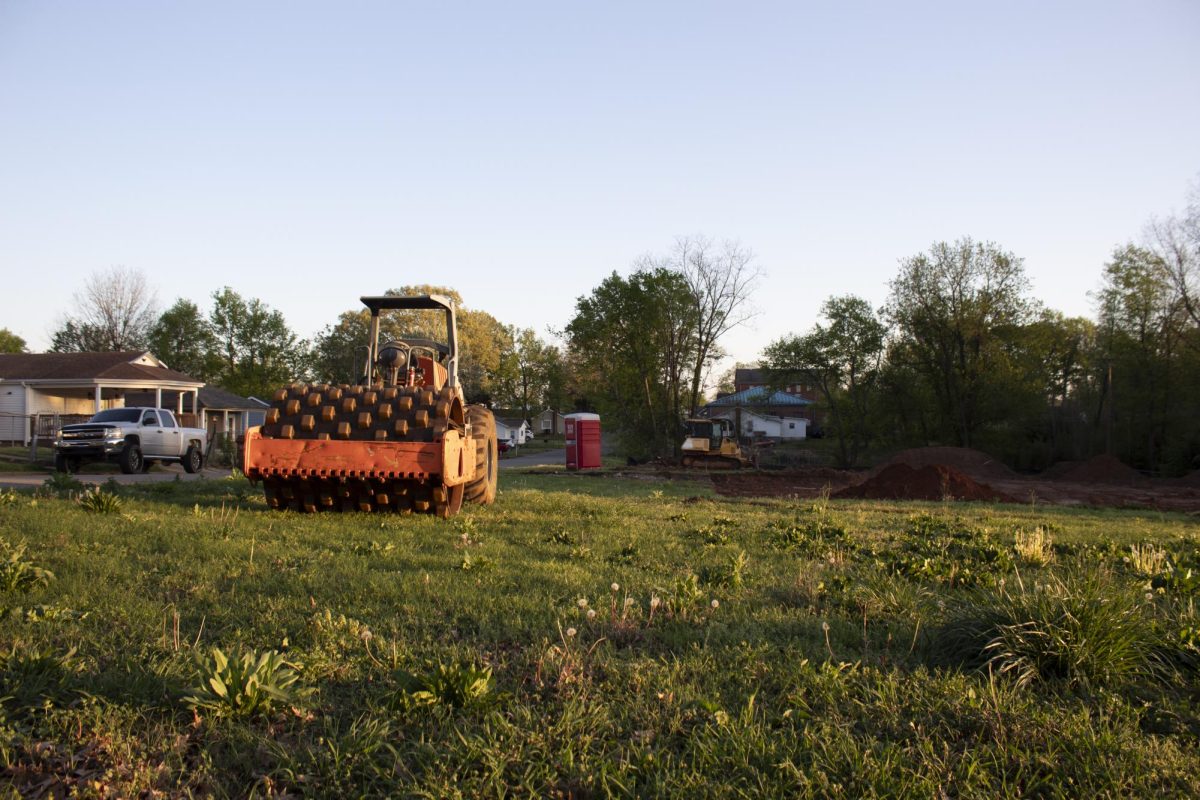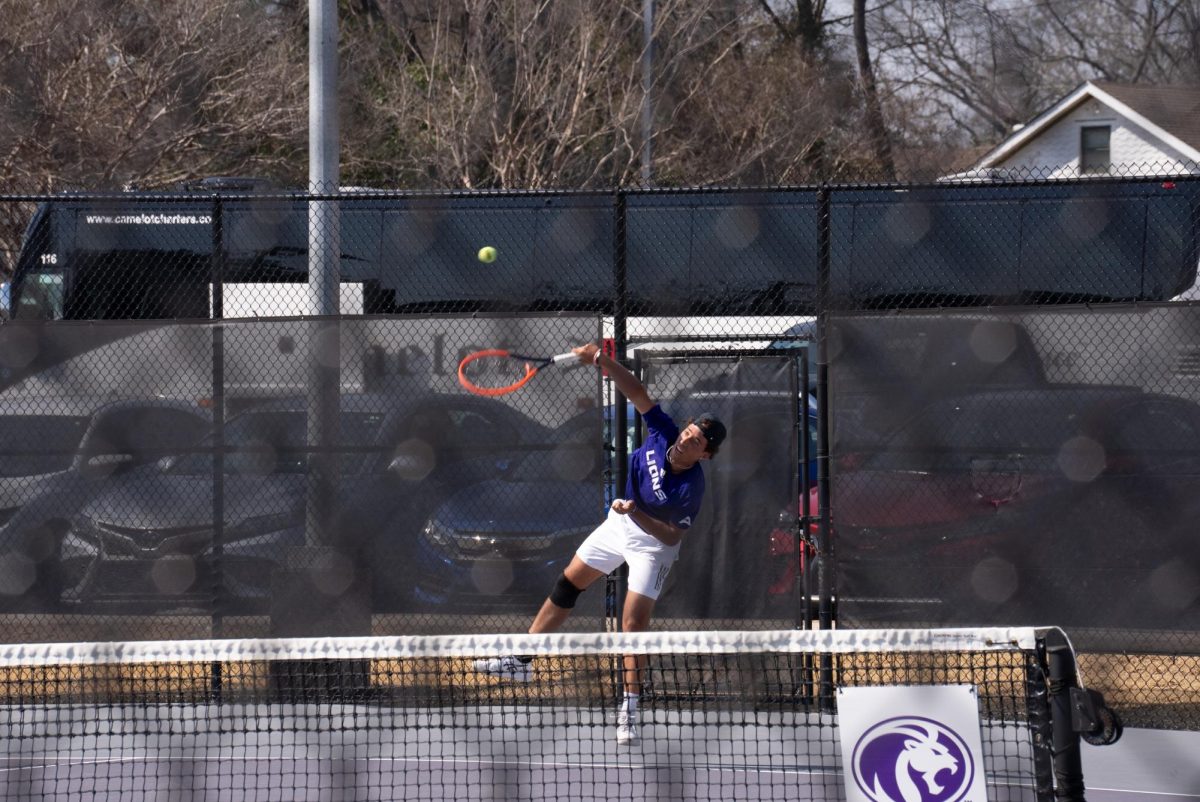Sophomore Jackson Bonney was living normally when the ice storm started on Jan. 13. Having experienced nothing like this before, Bonney was left with only the food in his apartment and no means of earning money.
Students like sophomore Marlee Felice caught up on homework and studied. Since she lives on campus, she got to hang out with her friends while the university was closed.
“It was really cool to see all the students get together and go sledding,” said Felice. “Everybody was just having a lot of fun.”
The ice storm began on the night of Jan. 13 as temperatures steadily dropped and the light rain soon turned into hail. At seven p.m., the roads were covered in ice and hazardous to drive on.
The next day, large snowflakes fell and temperatures stayed well below freezing for the next few nights. As the sun showed its face and the temperatures rose during the daytime, the top layer of fluffy snow melted and refroze, forming a layer of ice.
Citizens of Florence flocked to stores to stock up on groceries before the roads closed. Shelves ran dry and not a gallon of milk to spare. However many students did not get that opportunity.
“By the end of the week I was eating beans and [tortillas],” said Bonney.
For ten days, Florence was in lockdown and the roads were declared impassable. Businesses were closed, and roads on campus were blocked off. Circular Road and Hawthorne Street were just a few that were physically barricaded on campus.
“It felt like COVID [lockdown] again,” said Felice. “It’s good to be back.”
Most of the campus’ amenities were locked down as well. Thomas Tant, a freshman, was unable to start his new job at Create due to the campus businesses being shut down. Every day through the inclement weather, the university sent out emails listing the hours of Create and Mane Market. Create was only open for certain hours of the day, while Mane Market was open for regular hours.
With Florence practically at a standstill, many students and citizens alike were unable to work. There was no way for anyone to earn any money. With electricity bills rising and rent not getting any lower, this put many in a bind. Many have had to pick up extra hours to be able to afford life here in Florence.
“Well, I couldn’t work for two weeks… I had to work 40 hours on top of school to end up paying for my rent,” Bonney said.
Bonney lamented that a piece on his car broke due to the quick freeze and would cost $500 to replace.
Those who could work had to walk to their jobs. Tyler Rollins, a junior, said it was almost too cold to walk.
“I couldn’t work at Chicago [Cafe], but I got to work [at the university’s game room],” said Rollins.
On the academic side of the issue, deadlines changed for many students. For some, there were reports of deadlines being moved forward so courses could “stay on track” and others that pushed them back for their students. Online courses were unaffected.
The melt-and-freeze lasted for several more days. By Jan. 19, the main roads around Florence were clear, but residential neighborhoods were still dangerous to drive through.
Temperatures began to stay above freezing starting Jan. 21. The ice finally began to melt on Jan. 24 when a large system of storms moved through the Tennessee Valley.
Regular campus classes and activities resumed on Tuesday, Jan. 23. The university sent an email telling students to dress warmly in case the building’s facilities were not working as they should, and the campus cleared the pathways to the best of their abilities, asking students to walk carefully and to stay on pathways instead of venturing onto the ice.
Black ice was still present on the roads for a few more days, as well as patches of ice on the university pathways, the rain eventually did away with those as well. By the following Monday, all has returned to normal. Roadways are clear and university activities have continued to function as normal.


